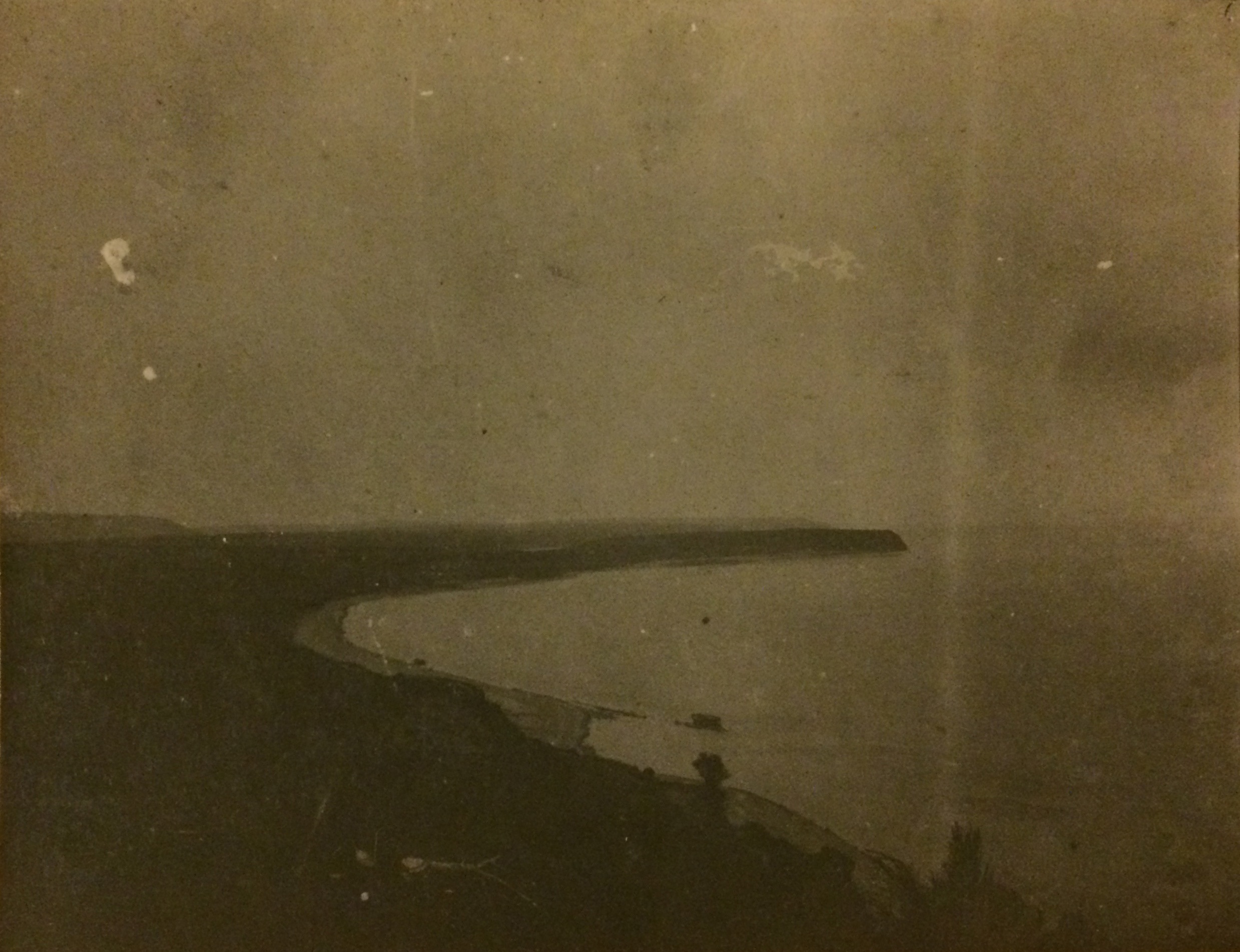“I could pour into your ears so much truth about the grandeur of our Australian army, and the wonderful affection of these young soldiers for each other and their homeland, that your Australianism would become a more powerful sentiment than before. It is stirring to see them, magnificent manhood, swinging their fine limbs as they walk about Anzac. They have the noble faces of men who have endured. Oh, if you could picture Anzac as I have seen it, you would find that to be an Australian is the greatest privilege the world has to offer.”
– Keith Murdoch, “The Gallipoli Letter”, 23 Sept 1915
We could see them across the gulf of a century. They huddled together in the boats in the bitter grey twilight as they approached the shore. We stood on the beach, cliffs at our back, eyes cast out to sea, waiting for them. When they came ashore, amidst a maelstrom of bullets and shrapnel, they were disoriented and scared. Imposing cliffs rose above the thin strip of sand and rock. This wasn’t where they were supposed to land! It was the wrong place! Across the span of time, we welcomed them in silence, here on this dismal shore in the biting cold, standing shoulder to shoulder with their former enemies. We stood here with them, here at Anzac Cove.
Nothing I’ve experienced in my life can compare to commemorating the centenary of Anzac Day at Gallipoli. We arrived on the Gallipoli peninsula in the early afternoon of Friday, 24 April. There was a great sense of migration, an inward press of people converging on the same place. We were fortunate to cross the Dardanelles so early in the day; we heard that over 300 buses were waiting in line at a crossing further up the channel. After passing through the bus registration point and various security checkpoints, we arrived at the holding area at Kabatepe.



But it was a night full of simple moments too. Walks with Garreth and my parents along the promenade. Watching the spotlights play over the Sphinx. Chatting to the New Zealand Prime Minister, taking a selfie with Kochie. Having a joke around with Eddie McGuire and telling him that I’m a huge Eagles supporter. And an interview I did for ABC radio. The cove felt like a little slice of home, here on his distant shore.

“In no unreal sense it was on the 25th of April, 1915, that the consciousness of Australian nationhood was born.”
– Charles Bean
The dawn was announced by a dusky red glow above the cliffs. As the service began, the sky changed to a grey twilight above us. Dignitaries made their speeches, and a procession of naval ships passed by the coast. There was a palpable swelling of emotion from the crowd. The Last Post has never sounded so haunting as it did in that morning twilight.
When the main commemorative service had finished, the Australians hiked up Artillery Road to Lone Pine, while the New Zealanders continued on to Chunuk Bair. The Australian ceremony at Lone Pine was so much more relaxed than the main service, for which we were all pretty grateful, because most of us had been awake for over 30 hours at this point. The view from Lone Pine was also quite stunning, with a sweeping vista up the second ridge to Chunuk Bair. During the minute of silence, the chirping and whistling of birds sounded across the hilltop – it was hard to believe this peaceful place had once been a site of ferocious battle.

A century after the landings, it’s worth asking what the Anzac legend means to my generation, and what role it plays in defining our nation. It’s something that is hard to articulate, because it is something that exists inside us, something that is part of our identity as Australians. Gallipoli is Australia’s foundation myth. It is the story we learn in school – the story of Simpson and his donkey, the story of brave Hugo Throssell, the story of a desperate clamour up the side of cliffs, and the story of a withdrawal that didn’t cost a single life. It is our French Revolution, it is our War of Independence. It is the single moment when we became aware of ourselves as a nation – a moment when we stood up and announced ourselves to the world. As long as Australia endures, the word Gallipoli will resonate in its people. And as I grow older and think about one day having children of my own, it seems more and more important to remember the sacrifices of our ancestors, to commemorate and celebrate their lives.

As our nation continues to grow into the next century, it becomes increasingly important for our leaders to reflect on the values and lessons learnt at Gallipoli. Australia is a different place to what it was in 1915, but many of the challenges are the same. After spending the last week experiencing gracious Turkish hospitality, and hearing about how this country has made room for millions of their neighbours fleeing from religious and political persecution, my feelings on some of Australia’s issues have been reinforced. The second verse of our national anthem says that “for those who’ve come across the seas, we’ve boundless plains to share”, and I would like to see the current leaders of Australia remember these words and be as welcoming as our Turkish hosts have been.


That was AWESOME!! Thanks for sharing it with us 😊
LikeLike
Thanks!! The only downside was being awake for 40 hours!
LikeLike
Thanks for sharing.
LikeLike
Great photos and the wonderful stories you will hold forever thank you for sharing them with us back home. Love Jackie
LikeLike